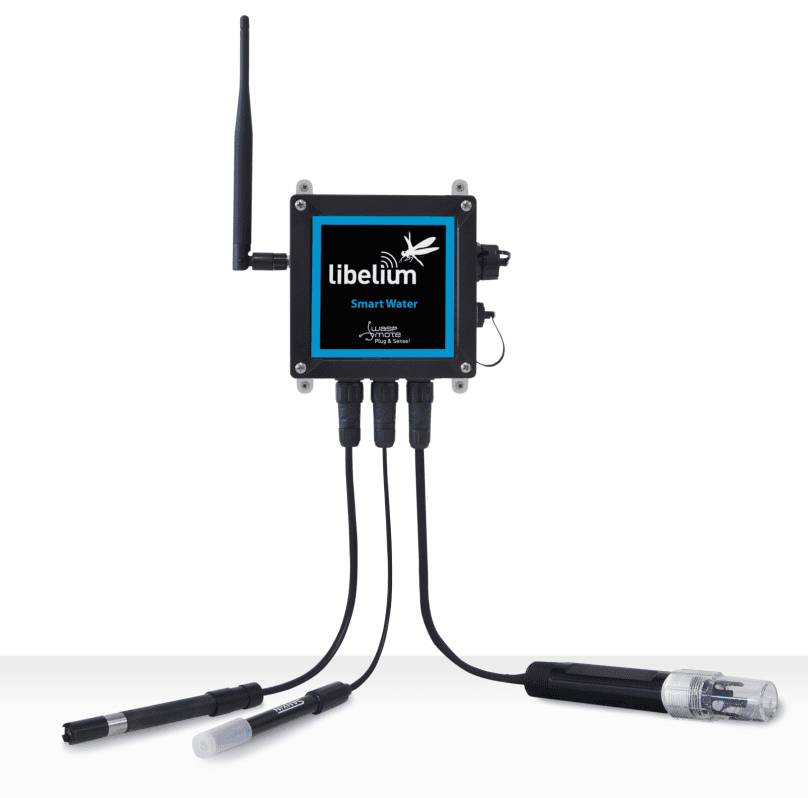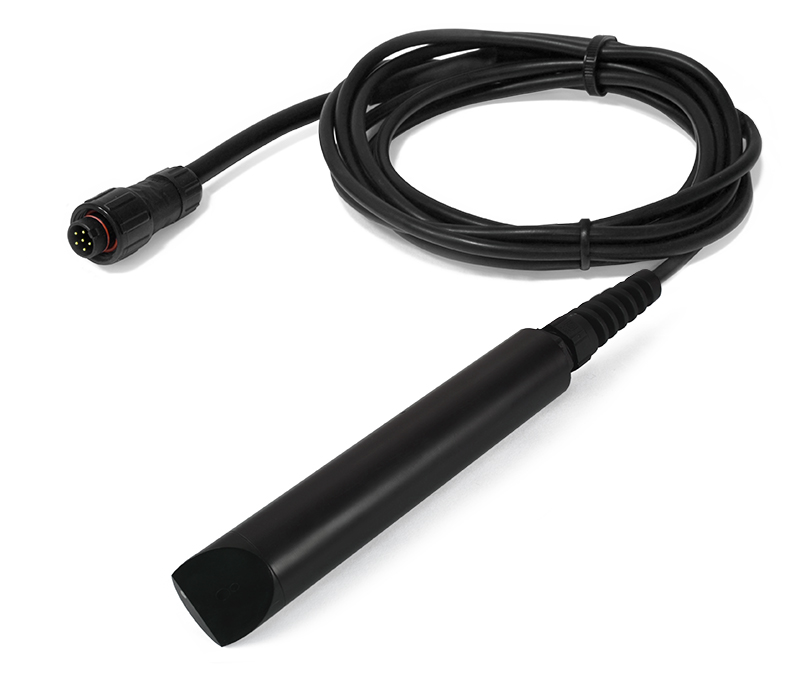With the the addition of the Turdibidy sensor to the Smart Water solution Libelium completes the range of water quality sensors available for Waspmote and Plug & Sense! platforms. The new set include: pH, dissolved oxygen (DO), oxidation-reduction potential (ORP), conductivity (salinity), turbidity, temperature and dissolved ions (Na+, Ca+, F–, Cl–, Br–, I–, Cu2+, K+, Mg2+, NO3–).
Turbidity is the haziness of a fluid caused by individual solid particles that are generally invisible to the naked eye. The measurement of turbidity is a key test of water quality. Nephelometers, or nephelometric turbidimeters, measure the light scattered at an angle of 90° by one detector from the incident light beam generated by an incandescent light bulb. Readings are reported in Nephelometric Turbidity Units (NTU).
The measurement of turbidity is important in the next scenarios:
- Urban waste water treatment (inlet / outlet controls)
- Sanitation network
- Industrial effluent treatment
- Surface water monitoring
- Drinking water
- Aquaponics
- Hydroponics
The new Turbidity sensor probe has a range from 0 to 4000 NTU (0-4500mg/l), and allows to detect if the measured water is potable (< 1 NTU) or not, as it has an accuracy of 1 NTU. The sensor probe comes calibrated from factory although periodic calibration is required to maintain the maximum accuracy; to do so Libelium provides calibration kits.
Drinking Water Standards
Governments have set standards on the allowable turbidity in drinking water. In the United States, systems that use conventional or direct filtration methods turbidity cannot be higher than 1 nephelometric turbidity units (NTU) at the plant outlet and all samples for turbidity must be less than or equal to 0.3 NTU for at least 95 percent of the samples in any month. Systems that use filtration other than the conventional or direct filtration must follow state limits, which must include turbidity at no time exceeding 5 NTU. Many drinking water utilities strive to achieve levels as low as 0.1 NTU.
For technical information read the Smart Water Technical Guide.
For purchase information please contact the Commercial Department.


























